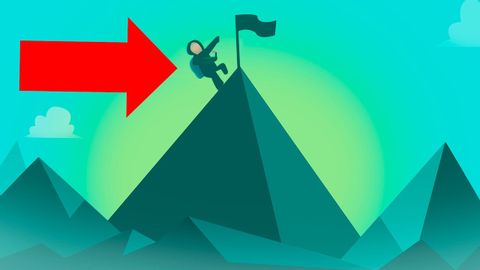當你攀登珠峰時,你的身體會發生什麼? (What Happens to Your Body When You Climb Everest)
Copper Jim 發佈於 2021 年 01 月 14 日  沒有此條件下的單字
沒有此條件下的單字US /ɪnˈkrɛdəblɪ/
・
UK /ɪnˈkredəbli/
- adv.令人難以置信的是;難以置信地;非常地;令人難以置信地
US /ɪnˈkrɛdəbəl/
・
UK /ɪnˈkredəbl/
- adj.難以置信;偉大的;令人難以置信的;難以置信的
US /ˈtɪpɪklɪ/
・
UK /ˈtɪpɪkli/

